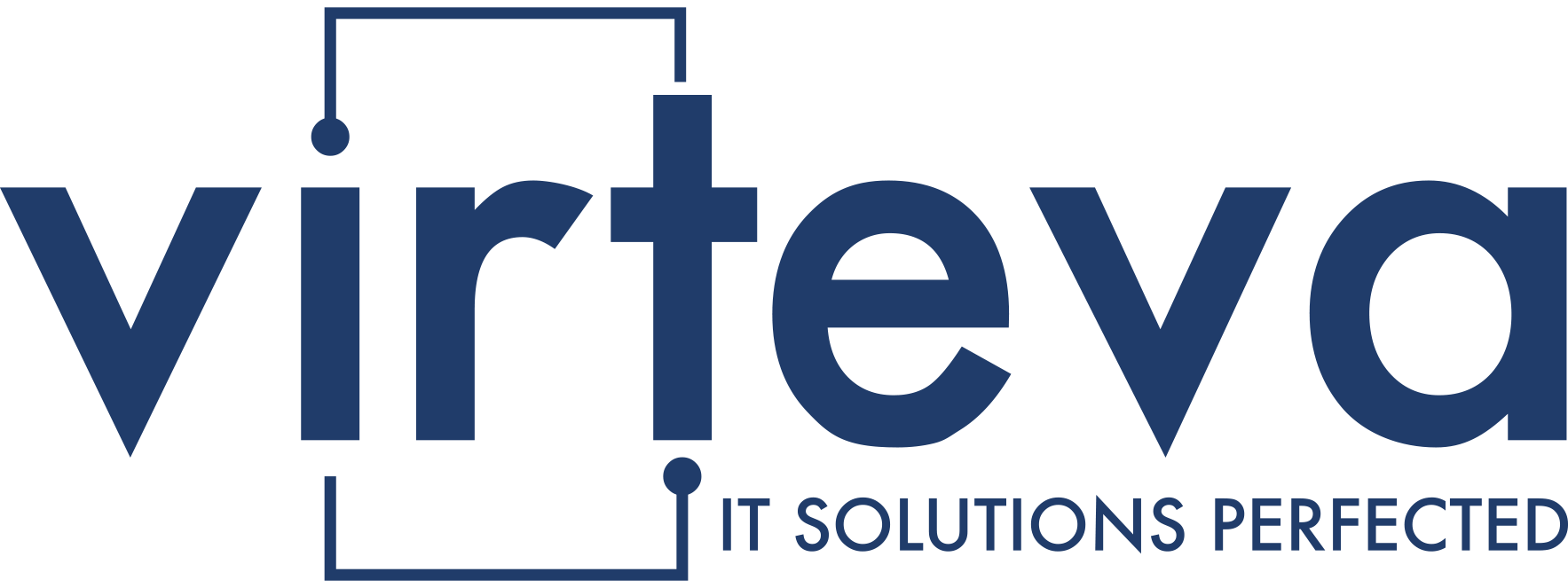For mid-market IT and security leaders in 2025, the cybersecurity landscape presents a seemingly impossible equation. With attack surfaces expanding, threats becoming more sophisticated, and security talent commanding premium salaries, organizations with 100-5,000 employees find themselves caught between enterprise-level risks and small to medium-sized business (SMB)- level resources. However, a strategic approach to security can help mid-market companies build meaningful resilience without enterprise-scale budgets.
The Mid-Market Security Dilemma
The security environment has evolved dramatically. Remember when perimeter defenses and basic endpoint protection were sufficient? Today’s mid-market companies face nation-state-level attack techniques, increasingly sophisticated social engineering, and a regulatory environment that holds them to the same standards as large enterprises. An overlooked cloud configuration, an unpatched vulnerability in your supply chain, or an unsecured vendor connection – any of these could lead to a business-altering security incident.
Breaking Down the Strategic Solution
Risk-Prioritized Security Architecture
Modern security approaches for mid-market companies now focus on aligning limited resources to the most significant risks:
- Business impact analysis that identifies crown jewel assets requiring priority protection
- Risk-based vulnerability management that prioritizes remediation based on exploitability and business impact
- Defense-in-depth strategies that concentrate premium security controls around critical assets
Managed Detection and Response Integration
The new security operations approach focuses on leveraging external expertise for advanced capabilities:
- 24/7 threat monitoring and response without building an internal SOC
- Advanced threat hunting that identifies sophisticated attacks
- Incident response capabilities that activate immediately when threats are detected
Industry-Specific Impact Analysis
Healthcare Organizations (200-1,000 employees)
- Patient Data Protection: Focuses security investments on systems containing sensitive health information
- Clinical System Resilience: Ensures critical care delivery systems maintain availability even during security events
- Compliance Integration: Aligns security controls with HIPAA and other healthcare regulatory requirements
- Transaction System Protection: Concentrates controls on financial processing systems
- Customer Data Security: Implements enhanced protection for personally identifiable information
- Fraud Prevention: Deploys specialized monitoring for unusual transaction patterns and behaviors
- Operational Technology Security: Implements specialized protection for production systems
- Intellectual Property Protection: Focuses on protecting proprietary designs and processes
- Supply Chain Security: Manages risks from increasingly connected supplier networks
Technical Implementation Deep Dive
Strategic Security Framework
- Risk Assessment Methodology • Crown jewel asset identification • Threat modeling for critical systems • Risk register development and maintenance
- Security Control Optimization • Control rationalization based on risk priorities • Defensive layer mapping and gap analysis • Compensating control implementation
- Detection and Response Framework • Alert prioritization methodology • Response workflow optimization • Recovery process documentation
Strategic Implementation Guide
Phase 1: Foundation (Weeks 1-4)
- Critical asset inventory and classification
- Threat landscape assessment
- Existing control effectiveness evaluation
Phase 2: Enhancement (Weeks 5-12)
- Control gap remediation for critical systems
- Detection capability implementation
- Incident response process development
Phase 3: Optimization (Ongoing Quarterly)
- Control effectiveness testing
- Threat landscape reassessment
- Security roadmap adjustment
ROI Analysis for Mid-Market Security Investment
Consider these metrics when evaluating implementation:
- Risk reduction efficiency: 70-80% risk reduction with 30-40% of enterprise-level investment
- Incident response time: 85-95% reduction in detection and containment time
- Compliance effectiveness: 60-70% reduction in audit findings and exceptions
- Operational disruption reduction: 40-50% decrease in security-related business interruptions
Next Steps: Practical Implementation Approach
1. Risk Assessment
• Identify and classify critical business assets • Document current security control effectiveness • Develop prioritized remediation roadmap
2. 90-Day Plan
• Implement critical control enhancements • Deploy initial detection and response capabilities • Develop incident response playbooks for top scenarios
3. 12-Month Strategy
• Complete security enhancement roadmap implementation • Conduct security effectiveness validation • Implement continuous improvement program
This isn’t just about deploying security tools—it’s about developing a sustainable security approach that fits mid-market realities. The threat landscape will continue evolving, but with a strategically implemented security program that focuses resources where they matter most, mid-market organizations can achieve meaningful resilience without unsustainable security budgets.




